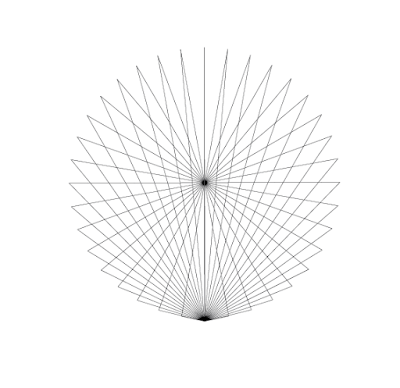Observing Whiteboards in Mathematics
What I saw at Marco Panza and collaborators’ Euclid session at Chapman University this Friday October 13th: Looking, right now at mathematicians workshop looking for a non-standard model to a formal system of axioms, it is very interesting to see how the whiteboard is used. For example, by explicitly writing out the formulas, it raises the salience of the operations involved. Thus, once it was shown, by explicitly writing the relevant formula, that a certain parameter was being calculated by a quadratic equation, this immediately suggested the use of irrationals to find the desired non-standard model. Similarly, using ad-hoc formulas i.e. displays that belong to no actual standardized formal language but share a superficial grammar with them, for example, at some time Marco Panza wrote “SAS : Ang → Sea” to represent the fact that, in Euclid, the so-called Segment-Angle-Segment axiom (which they never called that way, always using the acronym “SAS”) states that, given c...

